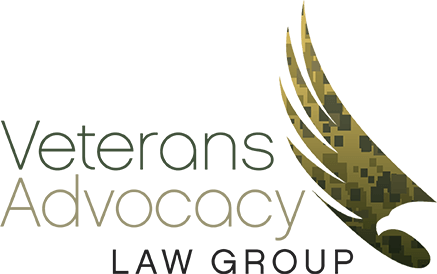How it Impacts Government Contracts
In recent years, the Government has been more focused on intellectual property (IP), and it is acquiring greater importance in service-disabled veteran-owned small business (SDVOSB) Government contracts. In many government contracts, intellectual property and corresponding rights can be a significant part of the value the contractor brings to the project. Therefore when negotiating for and performing Government contracts, contractors must take all necessary steps to protect their IP rights (IPR).
What is intellectual property?
Merriam-Webster defines IP as “property (such as an idea, invention, or process) that derives from the work of the mind or intellect.”
It is important to note that IP is intangible – it cannot be physically touched. For example, you can physically feel an airplane. However, the IP embodied in that airplane is intangible, including how the aircraft is manufactured, information regarding the airplane’s components, and how those components work together to create the plane. The paper containing this information is tangible, but the information and data are not tangible when removed from the piece of paper.
Under U.S. law, there are four main categories of IP – a trade secret, patent, trademark, and copyright.
Trade Secret – A trade secret is any information deemed valuable due to its secrecy and gives its owner a competitive advantage against those who do not possess this information. Examples of a trade secret are an undisclosed blueprint of a machine and the process of making that machine, the Coke® formula, or confidential customer lists. For something to be considered a trade secret, the piece of information must stay secret. Once it is disclosed, whether by intent or oversight, it is no longer a trade secret. Therefore, a trade secret cannot also be a patent since a patent is a public document and a trade secret is a secret. A valuable tool to maintain the confidentiality of a trade secret when it is disclosed to specific recipients for legitimate purposes, such as conducting business, is a non-disclosure agreement (NDA).
Patent – A patent may be obtained on any invention considered new and non-obvious when considering prior art/technology and meets all other patentability criteria under the law. Regardless of how fantastic an idea is, an idea is not patentable. An issued patent gives the patent owner, for a certain period, exclusive rights to the patent, excluding others from using, making, or selling the invention. The extent of exclusions is determined by the claims section language of the issued patent. You need a license to use someone else’s patented invention to avoid claims infringement. In SDVOSB Government contracts, the Government may be entitled to certain royalty-free license rights for that invention. These rights depend on the circumstances surrounding the making of an invention by the contractor. If the SDVOSB fails to take the required steps to report the creation of an invention under a Government contract within a specific time, the Government may take the full title of ownership of the invention.
Copyright – Even without the placement of a copyright marking on the work or registration of the work at the U.S. Copyright Office, copyright comes into existence the moment a piece is created. Copyright can exist in artistic expressions such as books, movies, paintings, music, and choreography. An idea for a book, movie, etc. does not have copyright protection. The copyright owner has the exclusive rights to reproduce, create derivative works, distribute, display, and perform the copyrighted work. However, any works created by U.S. Government are not subject to copyright protection. If an item is posted on the internet, do not assume it is in the public domain (i.e., not copyrighted). If you want to avoid infringement claims, you will need a license to reproduce, distribute, display, and/or perform copyrighted work that is not your own. A notable exception is “fair use.” Determining whether a particular use of copyrighted material qualifies as “fair use” requires a case-by-case analysis based on several established factors.
Trademark – A trademark is a name, mark, color, pattern, and/or sound that indicates the source of goods or services and distinguishes them from other similar or related goods or services. These marks help alleviate product confusion for a consumer. If your SDVOSB has built a good reputation or goodwill, you should protect and enforce your trademark rights. Examples of trademarks are Microsoft®, Windows®, T-Mobile®, the “Ricola!” exclamation, and NBC and Intel sound marks.
In addition to these IP categories, technical data (TD) and computer software (CS) intellectual property rights are unique to Government contracts. TD and CS can represent a significant source of revenue for the contractor; therefore, issues about these rights are becoming more prominent in Government contracts. The Government is paying close attention to these rights and actively pursuing its claimed entitlement to these rights. More information on data and computer software rights is found in "License Required: Technical Data and Computer Software in Government Contracts.”
To obtain more information on intellectual property and how to protect your rights as an SDVOSB, contact us at Veterans Advocacy Law Group. Our attorneys specializing in IP can assist you with creating non-disclosure agreements, registering your trademarks with the U.S. Patent and Trademark Office, submitting patent applications, or prosecuting individuals or businesses for copyright infringement. You worked hard on creating your idea, invention, or process, and we will work just as hard to protect it.


